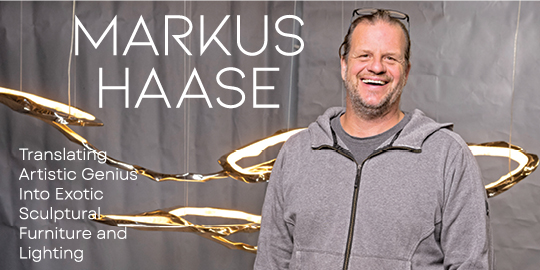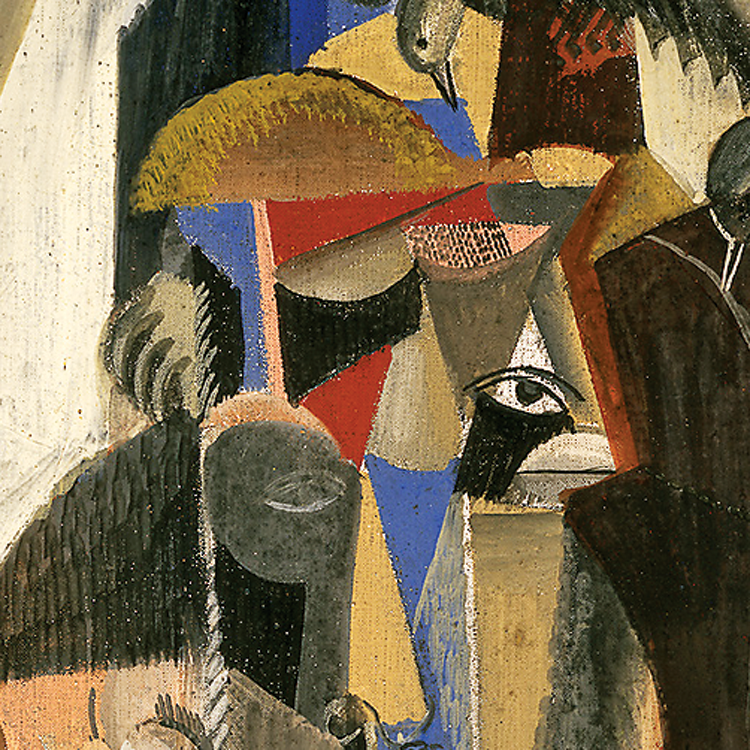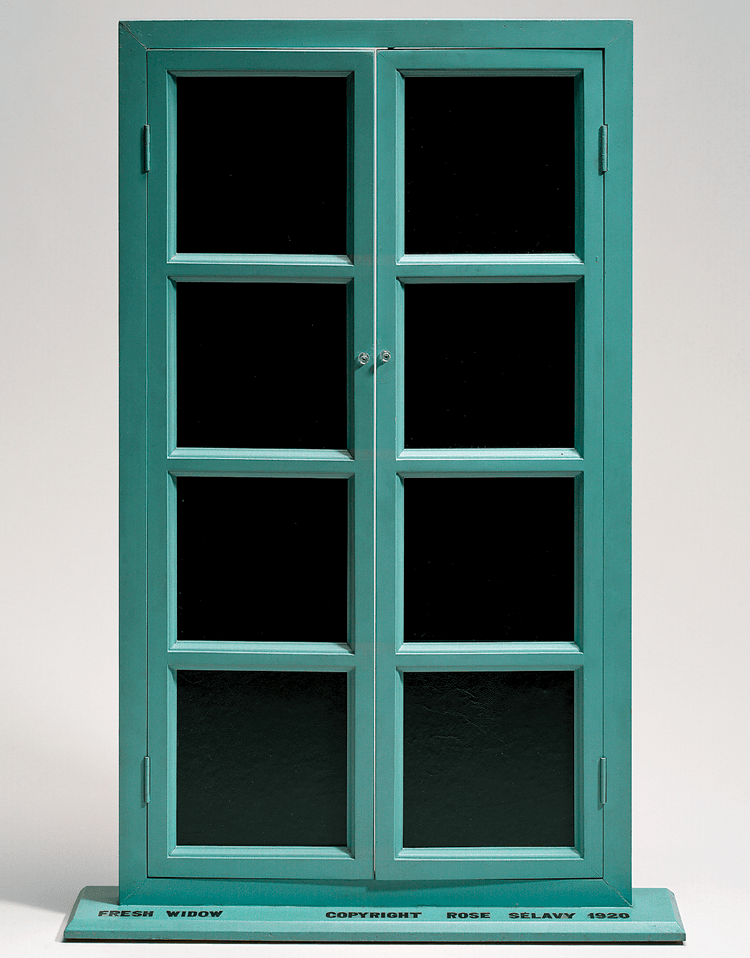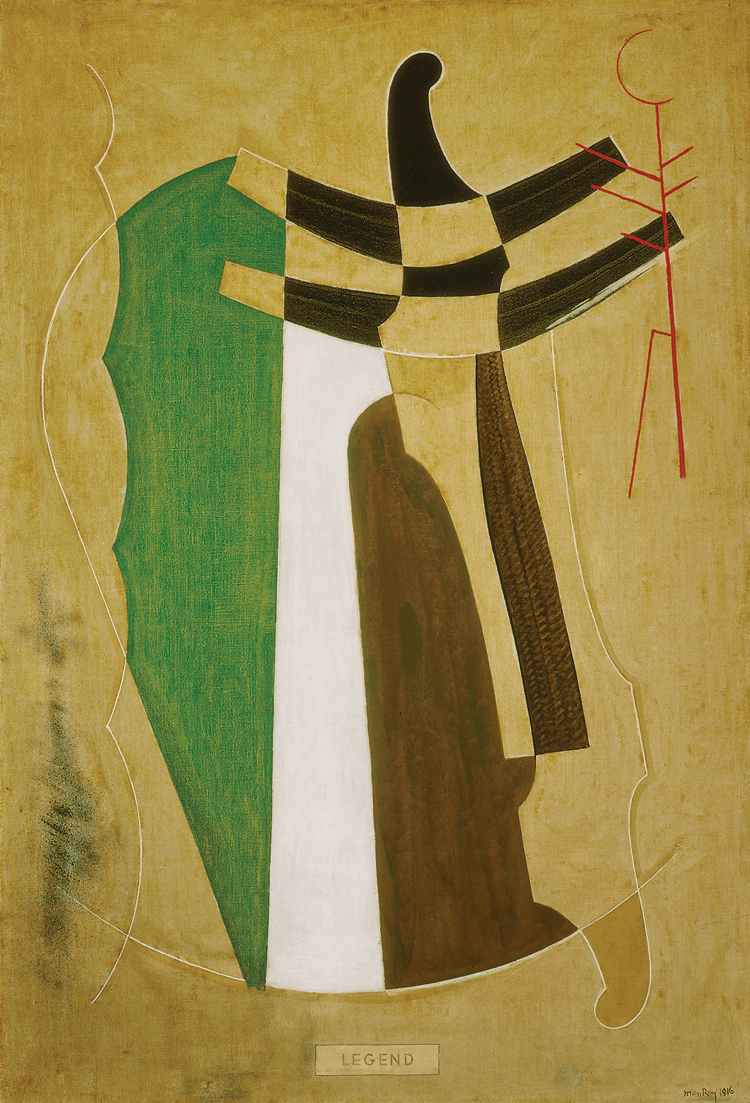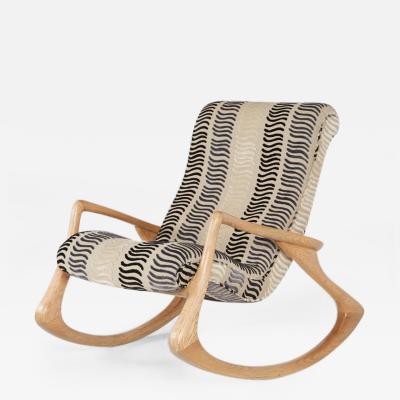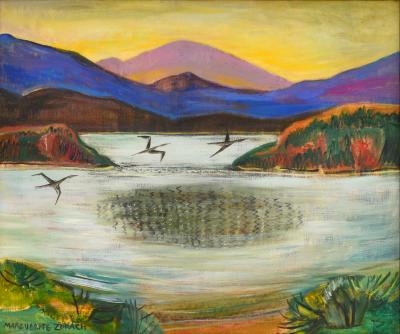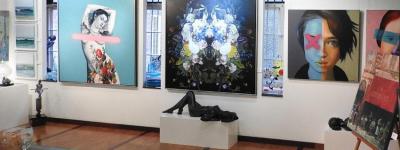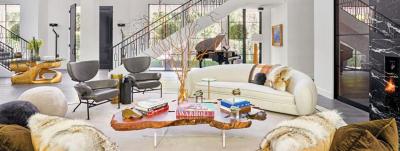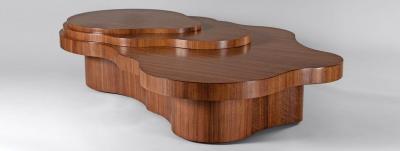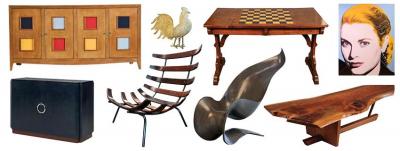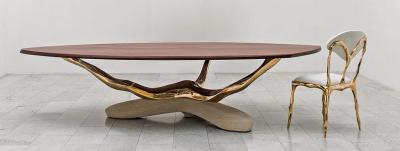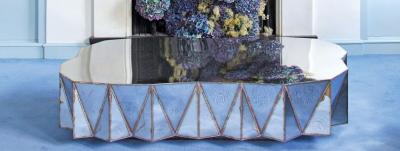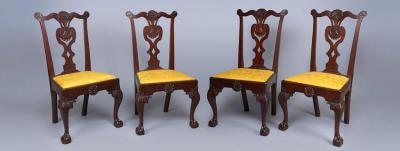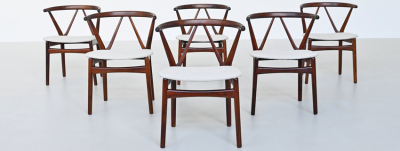American Modernism: The Shein Collection
This archive article was originally published in the Summer 2010 issue of Antiques & Fine Art magazine.
The early American Modernists may be usefully understood as the generation of artists born primarily between 1875 and 1890 who promulgated the new languages of modern art—fauvism, cubism, futurism, orphism, synchromism, expressionism, Dada—both in the United States and abroad. This remarkably small group constituted a true avant-garde; over the course of the twentieth century legions of artists would follow in their wake. Yet as the century unfolded, the contribution of these painters and sculptors to the history of modernism was at times illuminated and at other times obscured. A point of near total eclipse was reached after World War II, with the promotion of abstract expressionism as the ultimate “triumph” of American painting. During the last quarter of the twentieth century, a clearer vision emerged of the early American modernists’ crucial role in the development of a modernist culture both in America and Europe. The Shein Collection, consisting of twenty representative works by nineteen of the most important first-generation modernists, reflects this greater understanding.
The careers of the artists in the Shein Collection attest to a predilection, integral to the modernist enterprise, to break free from personal and national identity and their attendant psychological and geographical bounds to, in the American poet Ezra Pound’s epochal phrase, “make it new.” Before the 1913 Armory Show, Gertrude and Leo Stein in Paris and Alfred Stieglitz in New York created a dynamic transatlantic forum for artists such as Patrick Henry Bruce, Marsden Hartley, Stanton Macdonald-Wright, John Marin, Alfred Maurer, and Max Weber, as well as for the great European innovators Henri Matisse and Pablo Picasso. After the Armory Show, largely orchestrated by Arthur B. Davies and a landmark in the history of modernism, Macdonald-Wright and Morgan Russell issued their synchromist manifesto on color painting and executed works of great chromatic complexity, while Hartley and Joseph Stella developed their singular styles, and Weber advanced his cubist practice. In 1915 Marcel Duchamp arrived in New York, where, inspired by the commercial and technological culture of the city, undertook variations on his revolutionary idea of the “readymade.” Duchamp’s brilliance soon inspired such precocious artists as Charles Demuth, Man Ray, Morton Schamberg, and Charles Sheeler, and was seminal to the formulation of American precisionism. In the 1920s, Marin, Arthur Dove, and Georgia O’Keeffe, prominent members of the Stieglitz group and well versed in the lessons of European modernism, pursued a refined, nature-based abstraction that Stieglitz promoted as distinctively American. At the same time Bruce and John Storrs developed their own mature modernist styles in France.
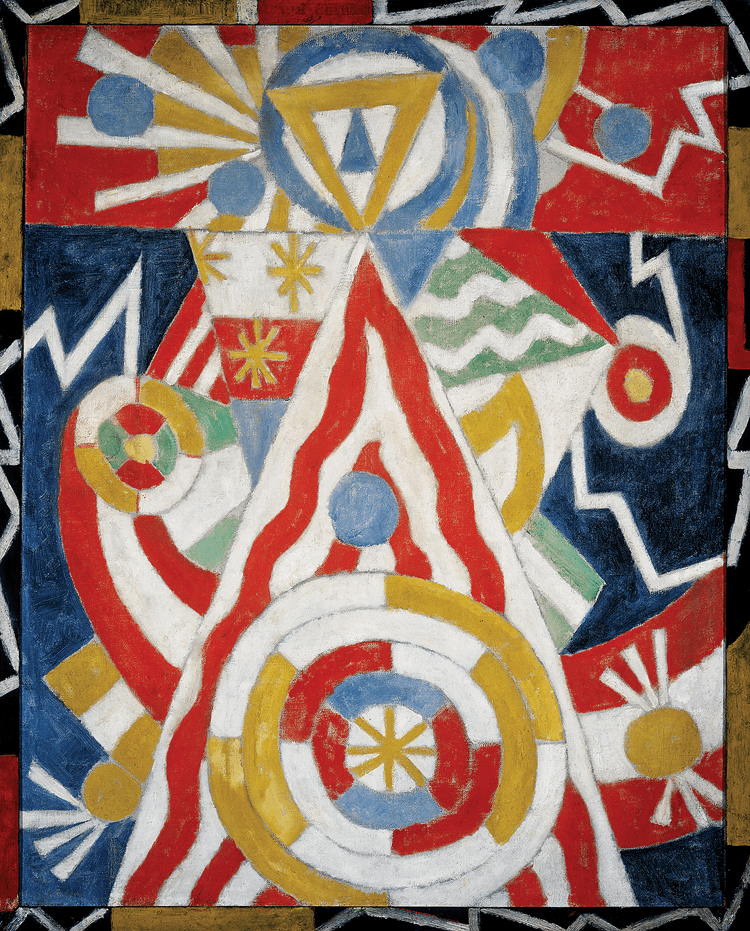
- Marsden Hartley (American, 1877–1943)
Pre-War Pageant, 1913
Oil on canvas, 39-1/2 x 31-7/8 inches
Collection of Deborah and Ed Shein
Painted in 1913, Pre-War Pageant is among the first purely abstract paintings by an American artist. Hartley had sailed for Paris a year earlier and there became interested in spirituality and art theories, including those of Wassily Kandinsky, who believed in the triangle’s spiritual properties. In Berlin in 1913, Hartley began a military-inspired series to which Pre-War Pageant belongs. With its bold use of primary hues and simple geometric forms, Hartley’s canvas pulsates with energy that spills beyond the canvas onto the frame. While in Europe during the teens Hartley maintained his ties to New York, sending pictures back to Alfred Stieglitz to exhibit at his intimate 291 gallery. Recalling the effect of a Hartley exhibition in 1916, Georgia O’Keeffe remarked it was “like a brass band in a small closet.”

- Stanton Macdonald‑Wright (American, 1890–1973)
Still-Life Synchromy, 1917
Oil on canvas, 22-1/8 x 30 inches
Collection of Deborah and Ed Shein
In 1913 Macdonald-Wright, a young American artist living in Paris, boldly declared a new artistic style, which he (along with fellow American Morgan Russell) called synchromism. Abstract, colorful, and rhythmic, the style found parallels with music. In the artist’s words, “I strive to divest my art of all anecdote and illustration and to purify it to the point where the emotions of the spectator will be wholly aesthetic, as when listening to good music.” Still-Life Synchromy was painted in 1917, after Macdonald-Wright had returned to the States. Its fractured composition disguises subject matter, though careful inspection reveals a pitcher on the right, an apple that seems to float above, and perhaps a figure in the background.

- Patrick Henry Bruce (American, 1881–1936)
Painting (Still Life), ca. 1919
Oil and pencil on canvas, 23-1/2 x 36-7/8 inches
Collection of Deborah and Ed Shein
Living in Paris from 1904 to 1936, Bruce associated with the French avant-garde. He was close to Henri Matisse, and in 1908 became a founding member of Matisse’s art academy in Paris. Like the French painter, Bruce afforded color an essential role in his art, but he was also drawn to the still-life paintings of Paul Cézanne, which reduce natural forms to their underlying geometric structure. In this painting we detect a pair of cylindrical glasses and stacked rounds of cheese atop a skewed tabletop. Some of the tabletop forms may represent pieces of wood from antique furniture that Bruce, who was also an antiques dealer, would have possessed.

- Arthur Dove (American, 1880–1946)
Sunrise I, 1936
Wax emulsion on canvas, 25 x 35 inches
Collection of Deborah and Ed Shein
In 1912 Alfred Stieglitz mounted a one-man exhibition of Dove’s work at his gallery 291—the first public exhibition of abstract art by an American. Dove’s abstractions were often rooted in nature and became increasingly bold in the latter part of his career, as seen in Sunrise I. Painted at his family’s property in western New York, the sunlike orb appears to glow over a horizon, yet the accompanying forms preclude such a literal reading. Some have seen this as a depiction of the moment of creation; it may hint at the artist’s interest in theosophy, which finds unity in all nature.
Presented here are details of a selection from the twenty works on exhibit in American Modernism: The Shein Collection, organized by Charles Brock and Nancy Anderson, with Harry Cooper. For further information call 202.737.4215 or visit www.nga.gov.
—
Charles Brock is associate curator of American and British Paintings, Nancy Anderson is curator and head of the department of American and British Paintings, and Harry Cooper is curator and head of the department of Modern and Contemporary Art at the National Gallery of Art, Washington.
This article was originally published in the Summer 2010 issue of Antiques & Fine Art magazine.













